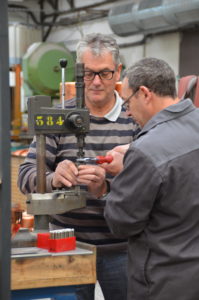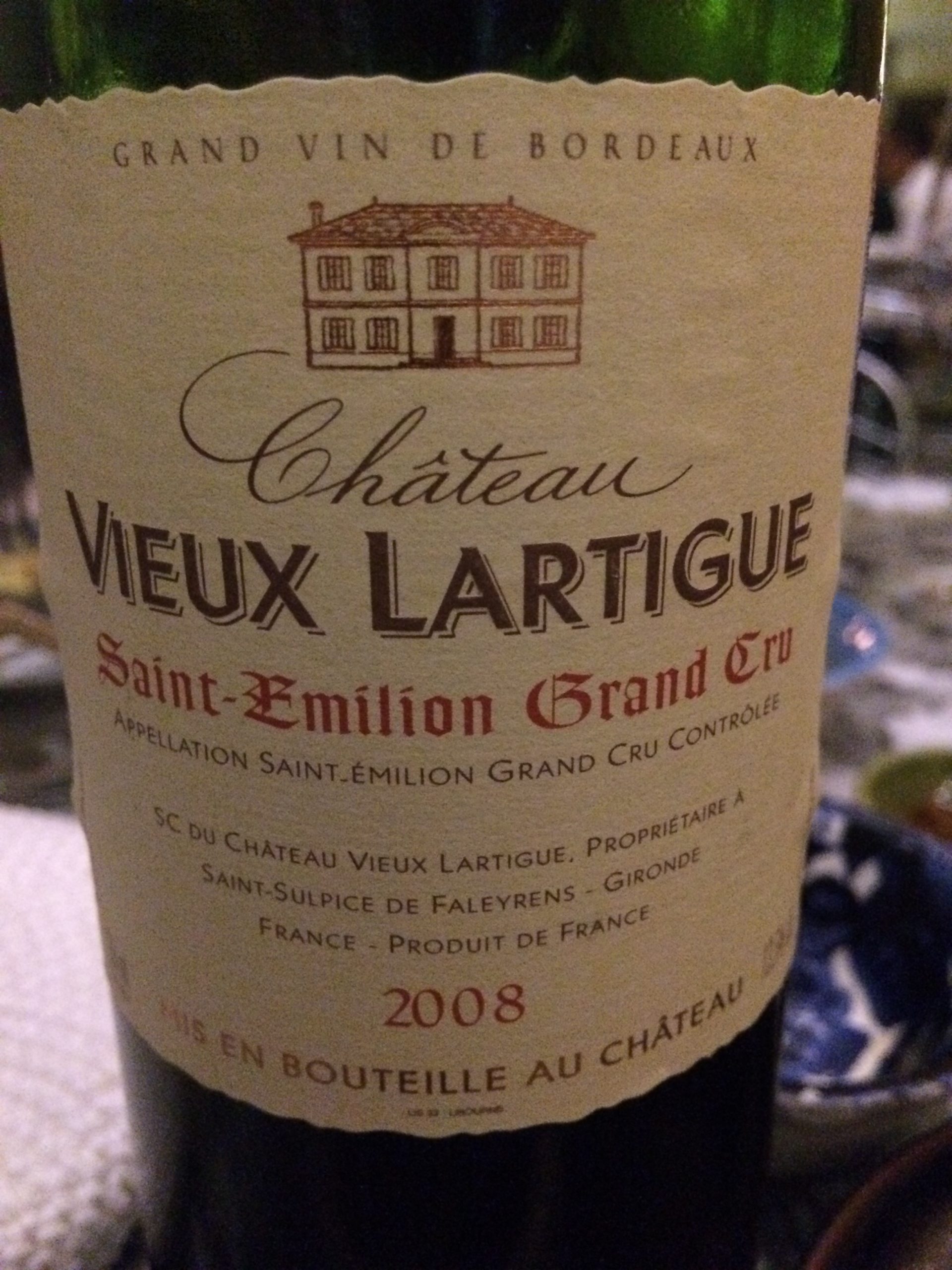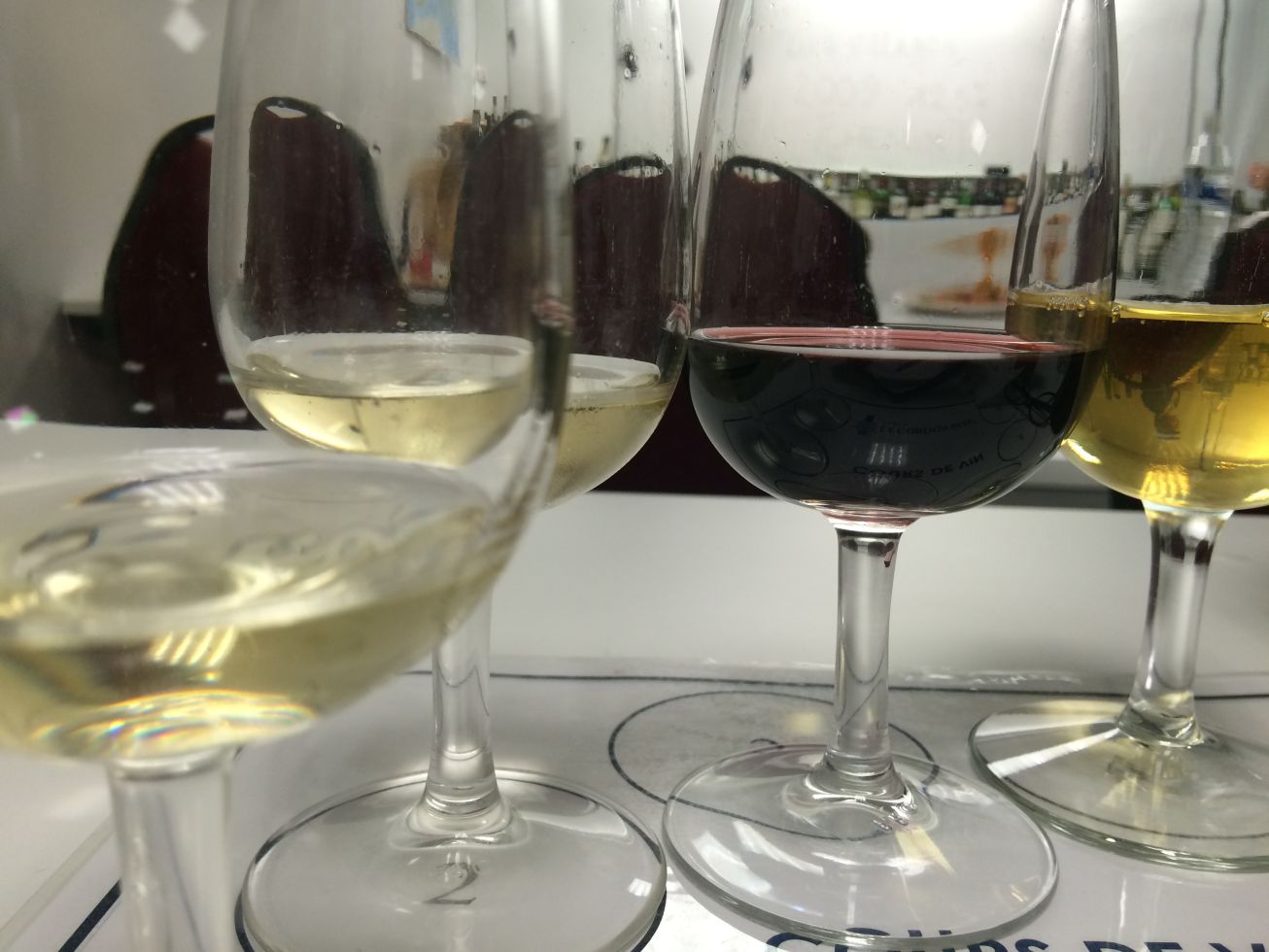HR recruiters in all industries around the world often complain that school programs don’t always match what the world of work and industries require. For Talent Developer, an agency that is at the service of the professional development of students who want to enter the workplace, speaking with the HR departments is key to the professional success of young graduates in their first professional experience, which in this case , it is often outside of their country of origin.
Estrella Maillet, Founder, and Philippine Freiman, Director of Operations of the firm, are open to have a remote conversation with me from Paris, to explain what Talent Developer is and how they serve the gastronomy and luxury hotel industries, mainly. Between the two, they have more than 35 years of experience in the profession and particularly in accompanying students to liaise the teaching classroom with their first job. They assure that the key to the success of their offer, as well as that of the apprentices who frequently come to request their support to find not only an internship, but the most suitable one to be successful and build a promising future in the demanding world of luxury lies in the kind of accompaniment they provide.
What is Talent Developer?
Talent Developer is the first coaching and employment placement agency for both internships and apprenticeships in all areas of gastronomy, the restaurant industry and the hospitality industry in France, and more specifically in Paris.
Is there any other agency similar to Talent Developer around the World?
There are others who might be considered our competition around world. Nonetheless, they are not specialized agencies in our domain, meaning in helping students gain professional skills. The objective others have is, as far as we can see, more aligned with the student having the experience of working abroad that may or may not be related to their studies.
How is Talent Developer different when compared with the competition?
What sets us apart from the competition is that we place talent where we are sure they will gain the skills they require for the industry in which they want to pursue their career.
It is no secret that gastronomy in France is a reference, but is doing an internship or an apprenticeship useful for foreigners?
Yes. Having professional experience in the gastronomy or hospitality industries in France, given that there is a particular level of excellence well known in the world, allows recent graduates to become quite professional, even when they stay for a short-term. They learn and take what all this savoir-faire to their countries or even to other countries and the industry appreciates it. They recognize the French level of excellence.
¿Qué hace particular el trabajo que Ustedes hacen para que los candidatos sean exitosos en estas primeras experiencias laborales?
Professions around gastronomy are of passion. It is imperative that the young graduates find even more passion to grow into their new profession, develop skills as much as possible and thus manage to live off their passion. Our mission is to find both the right company and the right tutor for each apprentice.
It is terrible when students go back in time and tell us they left the profession because their experiences were bad.
Estrella, how did the idea of creating an agency like Talent Developer come about?
Philippine and I used to work together at Le Cordon Bleu Paris. I was the coordinator of the Bachelor’s program. As a matter of fact, It was I who created the program. Philippine was in charge of finding internships for students and dealing with alumni. The idea, back then, was to visit the tutors to follow up. To our surprise, a tutor showered our student with praise. Now this was not the best in the class, however, it was the most suitable for the company and vice versa. The tutor did not stop flattering his practitioner saying that he was the best he had ever had in his life. Unfortunately, doing this type of placement is not always possible for different reasons for both, the school and the restaurant business environment. However, at that time it became clear to us that making it personalized and with a case-by-case analysis guaranteed success and growth for everyone, especially for the students.
Must students have certain characteristics to get positions as interns or trainees?
No. Our job is to fight against the stereotypes of age, of nationality, of what is linear. We like to work with the open spirits of foreign students and what they bring. Fortunately, both the restaurant and hotel industries today are tremendously versatile and allow us to find places for all styles.
Gastronomy, Sommelier or Wine-Pairing, Hospitality, but what other careers can get internships or apprenticeships through Talent Developer?
It is true that most of our students belong to gastronomy and hospitality careers, but in reality any profession that we find in the sector can. Thus, we find positions for finance, marketing, communications, sales, human resources, and obviously, all profiles of hospitality.
How are the internships offered? Are they paid, short term?
As you know, the law in France states that professional internships will last for a minimum of 2 months and a maximum of 6 for each school year. We abide by this law, regardless of where the student comes from.
Of course, our advice is that internships should ideally last from 4 to 6 months. This is because in order to understand, learn and develop the necessary skills, tutors require time. Of course, sometimes students can’t stay for many months and so we find short 2-month internships for them. However, companies prefer 6-month internships because the law requires they pay interns when the contract exceeds 2 months. Therefore, a 3-month candidate who must receive payment and who they know from the beginning won’t have the time to learn and develop enough for him to evolve and take on responsibilities isn’t as attractive.
Are all the options you offer in downtown Paris?
Most of our network is around Paris. Given that we are downtown, this allows us to visit and be in touch with employees and employers at all times. However, Estrella constantly works to develop agreements both in the region as well as nation-wide so that there are options that include free accommodation for our students as well. It is no secret that Paris is an expensive city and the 600 Euros per month pay is not enough for an apartment in the city.
How much should each student invest to be able to afford the accompanying services of Talent Developer?
It’s very attractive to come to Paris and have professional experience. And that is precisely why we work with our partners so that everyone can come and pay for it, because we know that this is an important investment.
We have packages for foreign students starting at 900 Euros. This package includes a free online interview to present the offer. If the student accepts, they will have our personal accompaniment for 10 hours in-person, including access to someone from the team who is at their disposal at any time by phone whenever they require it. We accompany them before, during and after their experience with different procedures. Also, we set up follow-up and feedback interviews at the end of the internship.
Additionally, we have created packages that provide other services for those who require them. For example, for those who need to improve their level of French, we have an agreement with the Alliance Française with a two-week immersion program in language and culture. Similarly, we have a package for those who need help with finding housing or opening a bank account with our business partners. It is real personal accompaniment for the students in order for them to have a unique and positive experience. We hope, obviously, that anyone who wants it can afford it without forgetting that the budget to currently live in the French capital is around 1500 Euros per month. Again, if this figure is unattainable, we do our best to support students and help them find something that is convenient and doable.
How can students get in touch with You?
It’s very easy. Download our app at https://app.talent-developer.com/ and create an account and profile of the person interested in our services. We need contact information and a little about the professional and personal project of the candidate. By email, they will receive an link to request an appointment for an interview. Our agendas are shared on the site, so it is a matter of finding the time slot that suits the student, as well as the language in which they prefer the interview (French, English or Spanish – these are the languages we can offer at the moment). From there, we do the interview and assess whether or not we can help the candidate and their project. We cannot assume that we have something for everyone, but we do seek to have options for everyone.
Talent Developer’s offices are on 36, rue du Mont Thabor, 75001, Paris and their contact email address is contact@talent-developer.com



 As a Mexican, when someone talks to me about copper, I immediately think in handcrafts, in pots, in markets. It reminds me of that small mining town in the state of Michoacán which is famous for the Purépecha Indigenous Group who very particularly work hammered pieces that they engrave and polish by hand. However, truly and sincerely, I had never stopped to think about luxury cookware in such a metal before I visited the Loire Valley a few summers ago and witnessed an exhibit with numerous marmites, pots, and pans made of copper and with their manufacturing date engraved. Needless to say, they were all at least 100 years old and in perfect conditions to begin cooking a soup or a jam on the spot.
As a Mexican, when someone talks to me about copper, I immediately think in handcrafts, in pots, in markets. It reminds me of that small mining town in the state of Michoacán which is famous for the Purépecha Indigenous Group who very particularly work hammered pieces that they engrave and polish by hand. However, truly and sincerely, I had never stopped to think about luxury cookware in such a metal before I visited the Loire Valley a few summers ago and witnessed an exhibit with numerous marmites, pots, and pans made of copper and with their manufacturing date engraved. Needless to say, they were all at least 100 years old and in perfect conditions to begin cooking a soup or a jam on the spot. Mauviel 1830 is located in a small town named Villedieu-les-Poêles. It has been a family business for 7 generations, and Ms. Valérie Le Guern Gilbert has been in charge since 2006 when she succeeded her father. Since then, Ms. Le Guern Gilbert makes her best not only to be the head of an international company, but that of an entrepreneurial family. Since the moment one enters Mauviel 1830, one can feel how how homey it is. True, not all of the products on sale now are purely copper, they also work with combinations of inox with different treatments, with ceramic, and even silver for contests such as the Bocuse D’Or which takes place every other year in Lyon.
Mauviel 1830 is located in a small town named Villedieu-les-Poêles. It has been a family business for 7 generations, and Ms. Valérie Le Guern Gilbert has been in charge since 2006 when she succeeded her father. Since then, Ms. Le Guern Gilbert makes her best not only to be the head of an international company, but that of an entrepreneurial family. Since the moment one enters Mauviel 1830, one can feel how how homey it is. True, not all of the products on sale now are purely copper, they also work with combinations of inox with different treatments, with ceramic, and even silver for contests such as the Bocuse D’Or which takes place every other year in Lyon.








